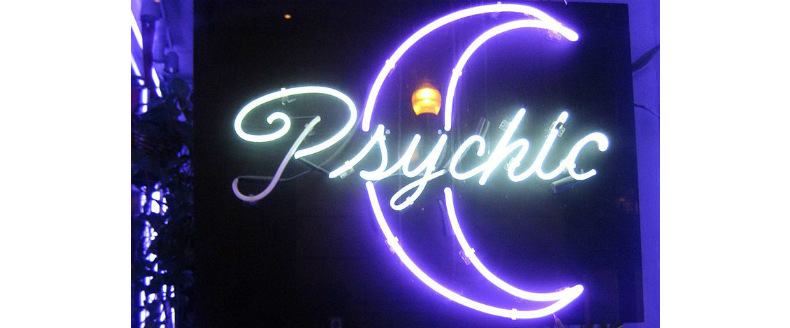As thousands of young people flood the National Mall and public spaces in cities across the country today, I’m consumed by thoughts of what they mean for the future of political organizing. “The children are our future” — trite and cliché, but in this case the words actually mean something.
Yes, the Parkland students and their compatriots are continuing a long tradition of youth organizing, but today’s protests show traits of an organizing model both new and likely to recur in the years to come. Like the broader Trump Resistance, and despite the fact that accepted help to scale up nationwide, the teenagers behind the marches did the work themselves. “Crisis Actors”, these kids are not.
In a connected world, we can all serve as 'digital Minutemen', ready to take up phones and computers at a moment's notice to fight for what we believe.Click To TweetWhat hits me most of all is the speed with which their movement came together and its lack of formal organization at the start. These suggest a new kind of political organizing, which I forecast almost a decade ago in the closing chapter of Learning from Obama:
My friend Nate Wilcox likes to talk about the internet giving rise to a new form of machine politics, one built on distributed armies of online activists. This model contrasts with the classic 19th century-style American political machine, which was locally based: each thrived when it could deliver government services and political patronage in exchange for votes in a given city or neighborhood.
The urban political machine largely wilted away in the 20th century, and for a variety of reasons so did much of citizens’ direct involvement in the political process. By the 1990s, they weren’t seriously expected to participate substantively in politics at all, at least in most campaign professionals’ minds. A voter’s role began and ended on election day, and he or she was otherwise mostly just a target — of direct mail, prerecorded phone calls, and an endless array of repetitive TV commercials.
The internet, though, is a different KIND of medium — back-and-forth rather than broadcast — and the rise of such a participatory public space has completely changed the political media ecology, opening new niches to be exploited in turn by new kinds of organizing entities.
Nate’s 21st-century political machines would be a nimble breed, assembling to back a candidate or cause and maintaining influence to the extent that their supporters stay engaged, involved and active. Some campaigns would be ephemeral, others would endure, but in most cases their limiting resource would be time — not necessarily their own, since staff can be bought, but that of individual people willing to donate a piece of their lives to what they see as a greater good.
The Trump Resistance marches down a similar path, on ground earlier trod by the Occupy movement. Occupy flared briefly and faded fast, but ephemeral is not the same as fruitless: many Resistance organizers dived into activism first as Occupiers, and the movement’s messaging quickly infiltrated the mainstream. Even Newt Gingrich talked about income inequality after Occupy!
Guns are perhaps America’s most intractable single political/policy issue, with a passionate minority (and a powerful lobby) fighting every change proposed in the past two decades. Parkland’s kids may not break the dam this time, but I suspect that their activist careers won’t stop with a single march. The political model they embody won’t disappear anytime soon, either — in a connected world, we can all serve as “digital Minutemen”, ready to take up phones and computers at a moment’s notice to fight for what we believe. Democracy!
– cpd

